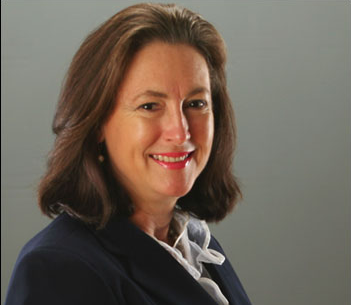I’m still thinking about this.
When a line of prosecutors stepped up to the microphone at Harris County Commissioners Court in February, they told tales of long hours, endless to-do lists and bloated caseloads well into the triple digits.
Their impassioned pleas and barrage of data were part of the push by the Harris County District Attorney’s Office for an unprecedented $21 million expansion that would add more than 100 lawyers to its staff.
But despite a weeks-long campaign, District Attorney Kim Ogg’s budget request failed. Now, four months later, records obtained by the Houston Chronicle and The Appeal indicate that the attorney caseload figures used to justify the request appear to overstate the office’s workload.
The data presented to commissioners and the public did not reflect that about two-thirds of the felony trial bureau attorneys consistently handle a smaller number of complex cases. Instead, it frequently presented the caseloads of the remaining third of the attorneys — those who handle over 900 cases on average — as representative of the whole trial bureau. The office also counted every charge in an arrest as a separate case and included more than 200 cases put on hold after defendants had not yet been arrested or had fled after violating the conditions of their bonds.
Based on the numbers provided by the DA’s office, an average caseload for “felony two” and “felony three” prosecutors combined would be less than 600, if all positions were filled in each court — and would be even lower if chiefs were included. Exact staff assignments that month were not released with the data.
[…]
Four members of the Commissioners Court—including all three Democrats who voted against the budget request in February—did not comment on the caseload figures.
But Commissioner Steve Radack, a Republican who offered staunch support for Ogg during the budget cycle, said that he did not feel the DA’s office misrepresented data and reiterated his concern about the county’s refusal to fund Ogg’s request for more prosecutors.
“It’s extremely unfortunate that she didn’t get it,” he said. “Frankly, it’s a misjustice.”
During budget discussions in February, County Judge Lina Hidalgo — the Democrat who heads up Commissioners Court —questioned whether prosecutors could simply lower their caseloads by charging fewer people and leaning more heavily on diversion alternatives.
“This is not the only way,” she said, “and certainly not the most cost-effective way to decrease prosecutor caseloads.”
Though Adam Gershowitz — a William & Mary Law School professor who co-authored a 2011 study on district attorney caseloads — raised concerns about the representations in the data, such as the inclusion of bond forfeitures, he stressed that too few prosecutors can have a negative effect on the legal system, leaving people waiting behind bars as their cases get reset instead of resolved.
“We could have debates about if (prosecutors) should charge less and maybe they should,” he said. “But they are overburdened and it’s bad on so many levels when the district attorney’s office is overburdened.”
There’s a lot more, so read on for the methodology and the questions about how cases were counted. One issue was with classifying all types of prosecutors as having similar workloads even though one group has many more cases than the others, and classifying things as active cases that aren’t really. The explanations for why things were counted as they were don’t really make sense. Even with that, there’s support – not unanimous by any stretch, but it’s there – for more prosecutors, and for managing caseloads. Maybe if we can all agree on what the case numbers actually are, we can better agree on what the number of prosecutors should be.

